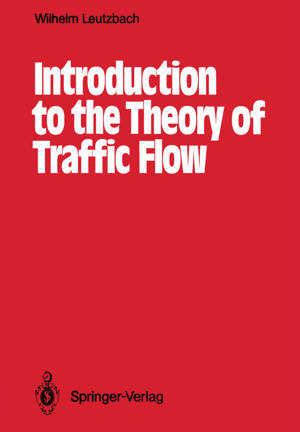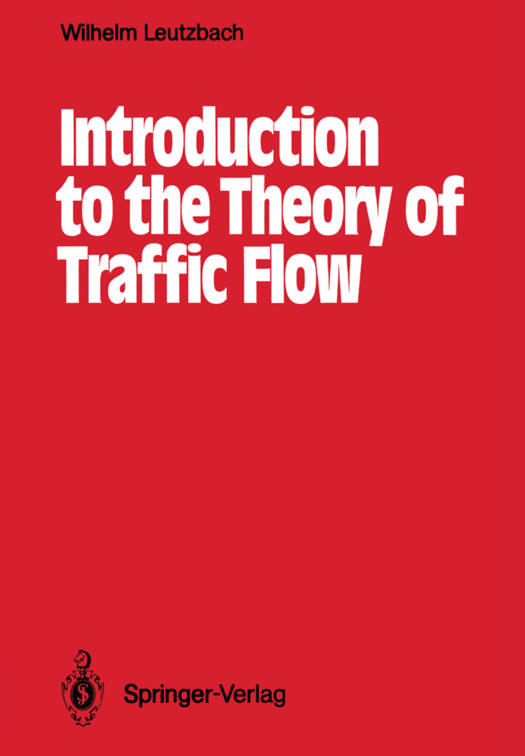
- Afhalen na 1 uur in een winkel met voorraad
- Gratis thuislevering in België vanaf € 30
- Ruim aanbod met 7 miljoen producten
- Afhalen na 1 uur in een winkel met voorraad
- Gratis thuislevering in België vanaf € 30
- Ruim aanbod met 7 miljoen producten
Zoeken
€ 83,95
+ 167 punten
Omschrijving
This book describes a coherent approach to the explanation of the movement of individual vehicles or groups of vehicles. To avoid possible misunderstandings, some preliminary remarks are called for. 1. This is intended to be a textbook. It brings together methods and approaches that are widely distributed throughout the literature and that are therefore difficult to assess. Text citations of sources have been avoided; literature references are listed together at the end of the book. 2. The book is intended primarily for students of engineering. It describes the theoretical background necessary for an understanding of the methods by which links in a road network are designed and dimensioned or by which traffic is controlled; the methods themselves are not dealt with. It may also assist those actually working in such sectors to interpret the results of traffic flow measure- ments more accurately than has hitherto been the case. 3. The book deals with traffic flow on links between nodes, and not at nodes themselves. Many readers will probably regret this, since nodes are usually the bottlenecks which limit the capacity of the road network. A book dedicated to the node would be the obvious follow-up. A separation of link and node is justified, however, partly because the quantity of material has to be kept within reasonable bounds and partly because the treatment of traffic flow at nodes requires additional mathematical techniques (in particular, those relating to queueing theory).
Specificaties
Betrokkenen
- Auteur(s):
- Uitgeverij:
Inhoud
- Aantal bladzijden:
- 204
- Taal:
- Engels
Eigenschappen
- Productcode (EAN):
- 9783642648052
- Verschijningsdatum:
- 17/04/2012
- Uitvoering:
- Paperback
- Formaat:
- Trade paperback (VS)
- Afmetingen:
- 170 mm x 244 mm
- Gewicht:
- 358 g

Alleen bij Standaard Boekhandel
+ 167 punten op je klantenkaart van Standaard Boekhandel
Beoordelingen
We publiceren alleen reviews die voldoen aan de voorwaarden voor reviews. Bekijk onze voorwaarden voor reviews.








